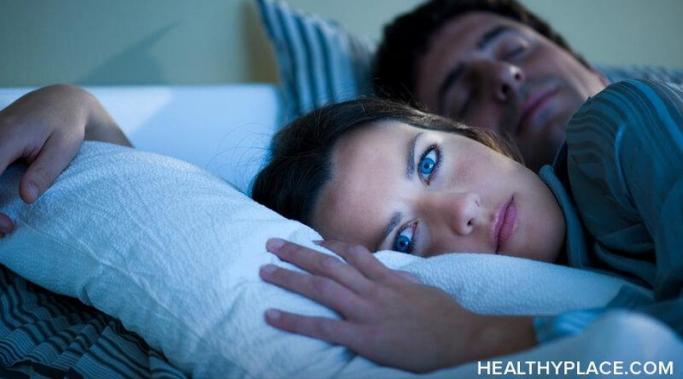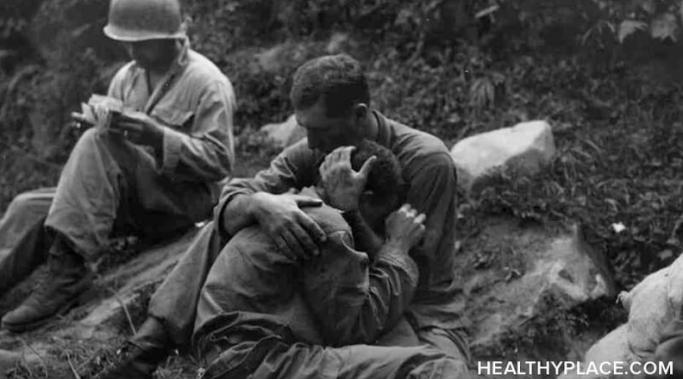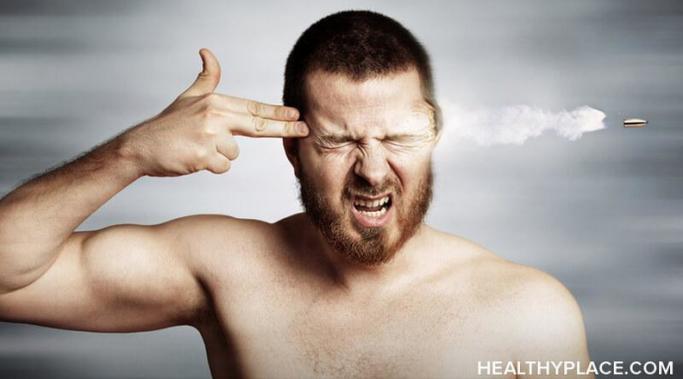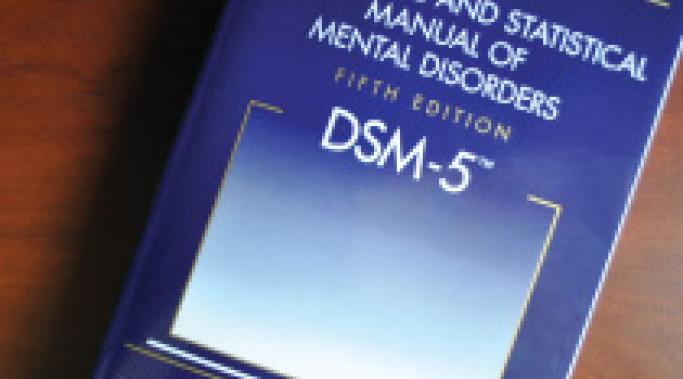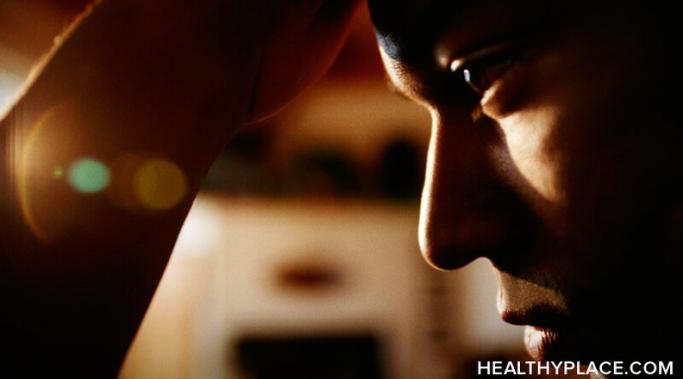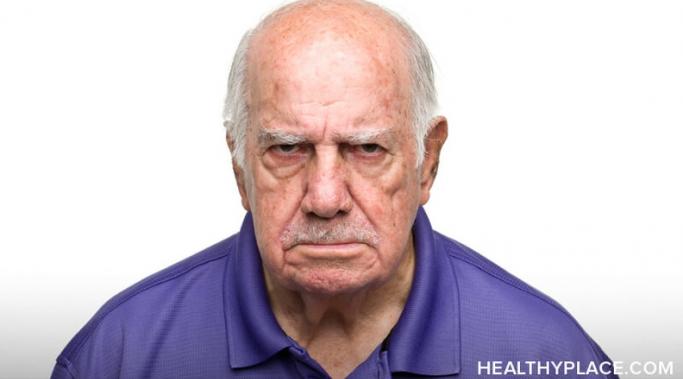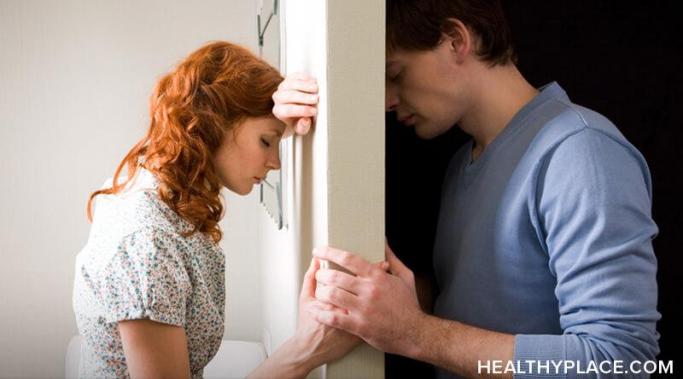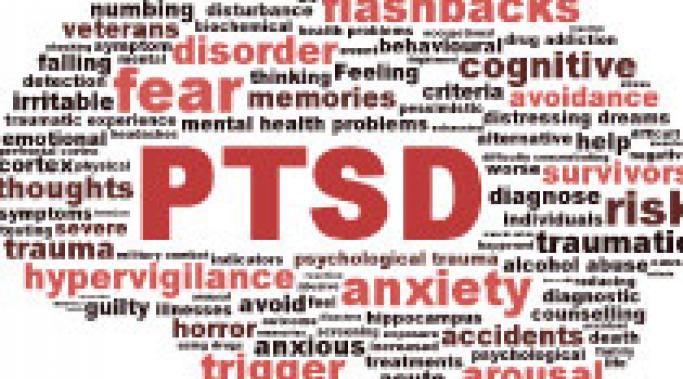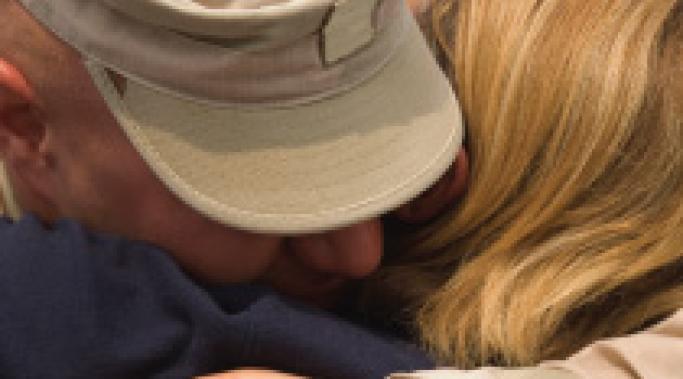Sleep disturbances are very common in combat posttraumatic stress disorder (PTSD). In fact, two types of sleep disturbances -- nightmares and insomnia -- are actually diagnostic criteria for PTSD. We’re not sure why PTSD affects sleep so profoundly but research is getting closer to finding out. But can sleep disturbances in combat PTSD be treated and if so, how?
Combat PTSD Symptoms
One of the things all of us in the combat posttraumatic stress disorder (PTSD) arena struggle with, is getting veterans to admit to experiencing combat PTSD symptoms. There is a pervasive problem – in spite of educational initiatives – wherein veterans just don’t want to admit to struggling post-combat (or at any time). Considering the culture of the military and society at large, it’s understandable. Here are some of the reasons why veterans don’t admit to combat PTSD symptoms.
Unfortunately, when it comes to combat posttraumatic stress disorder (PTSD), additional mental illnesses occurring with combat PTSD is almost the rule, rather than the exception. When one diagnosis exists with another, this is known as comorbidity. Studies have found that of veterans with combat PTSD, about half have an additional, current mental illness diagnosis. Comorbidity makes treating combat PTSD more complicated and, of course, tends to increase suffering for the patient. Here is some more information about mental illnesses that commonly occur with combat PTSD.
There are four symptom types of posttraumatic stress disorder (PTSD) listed in the Diagnostic and Statistical Manual of Mental Disorders (DSM) but are the symptoms of PTSD missing from the fifth edition of the DSM (DSM-5)? Two 2015 studies seem to think so. One study calls for a seven symptom-type model while another calls for a six symptom-type model. Both studies indicated these models were more valid than the current four symptom-type model. So are there symptoms of PTSD missing from the DSM-5?
While I, typically, discuss standard combat posttraumatic stress disorder (PTSD) as it is the most common, today I’d like to highlight a more rare form of PTSD caused by prolonged trauma – complex PTSD. Today I'll answer the question, “What is complex PTSD?”
A new study investigates the possibility that when combat posttraumatic stress disorder (PTSD) and depression occur together, this increases anger in veterans. This actually makes sense as veterans with combat PTSD often experience increased anger. Additionally, anger has been found to be an aspect of major depressive disorder, for many. Therefore, anyone who suffers from both depression and combat PTSD could, quite reasonably, experience increased anger.
For veterans, unemployment is the biggest predictor of posttraumatic stress disorder (PTSD) symptom severity, says a new study. The PTSD symptoms may be combat-PTSD-related or sexual-trauma-related, but either way, veteran unemployment predicts the severity of PTSD symptoms more than even indicators like depression. Organizations that employ veterans, like the one I mention below, may actually help those suffering from combat PTSD.
While it’s something that many people don’t want to talk about, sex matters to people. Sexual function and sexual desire can be important parts of a person’s life, particularly if he or she is in a relationship. And, unfortunately, what we know is that combat posttraumatic stress disorder (PTSD) affects a veteran’s sexual desire and sexual function in negative ways. In fact, some studies have showed such a correlation between sexual dysfunction and PTSD that some have proposed making it an official, diagnostic criteria.
A few weeks ago, I discussed how hyperarousal (or feeling “keyed up”) is a symptom area of combat posttraumatic stress disorder (PTSD). A symptom that is part of hyperarousal is an exaggerated startle response. But what is this response and what might this PTSD symptom look like?
A while back I wrote an article on how symptoms of combat posttraumatic stress disorder (PTSD) can be seen in the children of veterans. Not surprisingly, PTSD symptoms can also be seen in some spouses of those with combat PTSD, even though the spouse never directly went through the trauma the veteran did. This is often known as secondary traumatic stress or secondary traumatic stress disorder.
